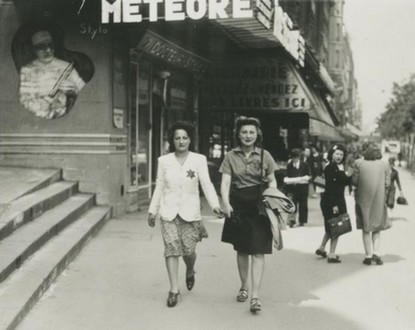This poignant exhibition adheres to France’s duty of remembrance in light of the tragedy of deportation. The Vichy regime, installed in power since the granting of full powers to Marshal Pétain, increasingly aligned itself with the racial laws of Nazi Germany.
As of October 3, 1940, prohibitions were pronounced against Jews: they could no longer hold elective office and were excluded from public functions. These humiliating measures were accompanied by roundups starting in May 1941. Camps were opened for these men, women, and children rejected from social life. The Vichy government in July 1942 took a further abhorrent step with a meticulously organized roundup in Paris.
Men like Pierre Laval or René Bousquet proved to be zealous servants of the occupier, often going beyond the demands of the German authorities. This exhibition shows us the slow evolution of hatred towards the Jewish community. The defeat of May-June 1940 completely demoralized an astounded country that did not understand how such a disaster occurred. It was then easy to find a scapegoat, a party to blame for this defeat, even more severe than that of 1870.
The paintings show and expose us, with photos, texts, and period documents, the drama experienced by the Jewish community of France. It is a journey into a painful page of our history, and it must be undertaken if we want to prevent such a tragedy from happening again.
As highlighted by the Deputy Mayor of Nice: “We must not forget, and this duty of remembrance is also one of transmission, a relay race in which each of us must, quoting Elie Wiesel here, be the witnesses of the witnesses.”
Associations of deportees and survivors of the camps of horror were present at this inauguration. It is both an imperative and a tribute to visit the Villa Masséna and contemplate these men, women, and children who, in one last plea before disappearing, beg us never to forget them and their executioners.
Thierry Jan


